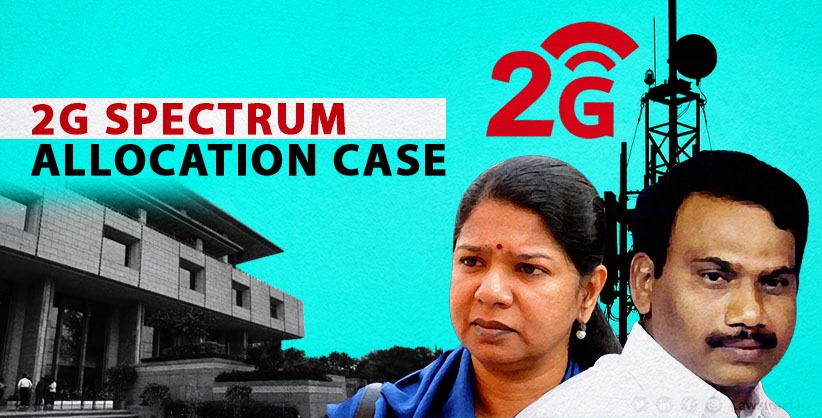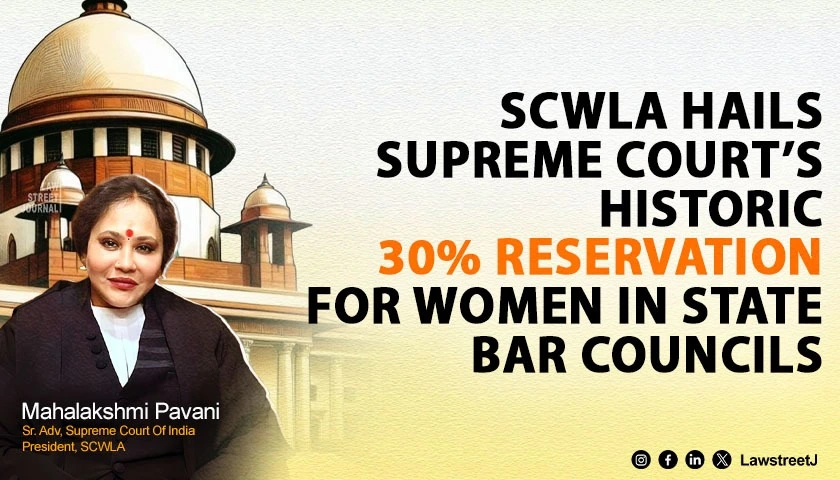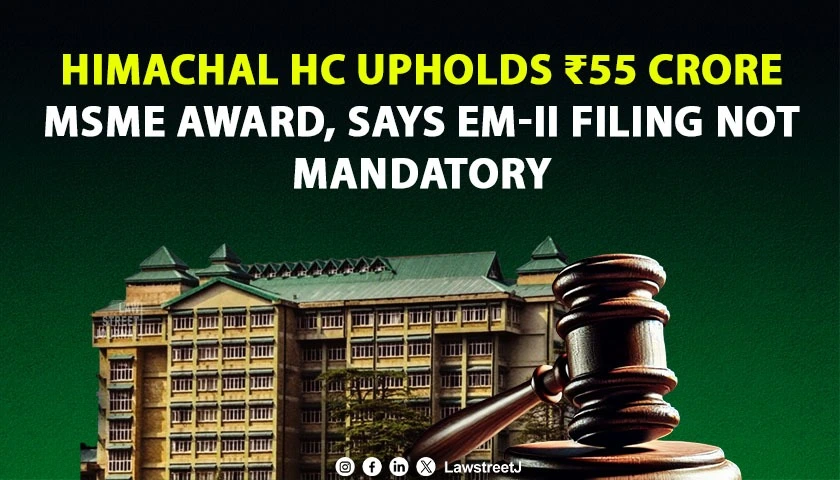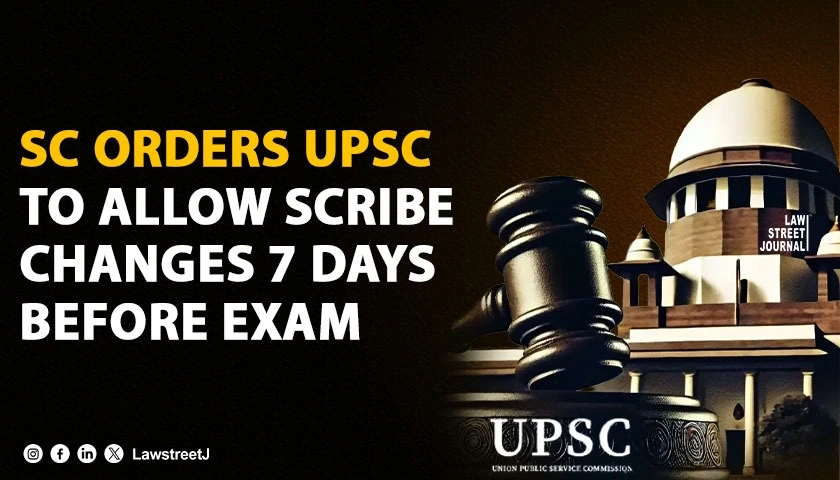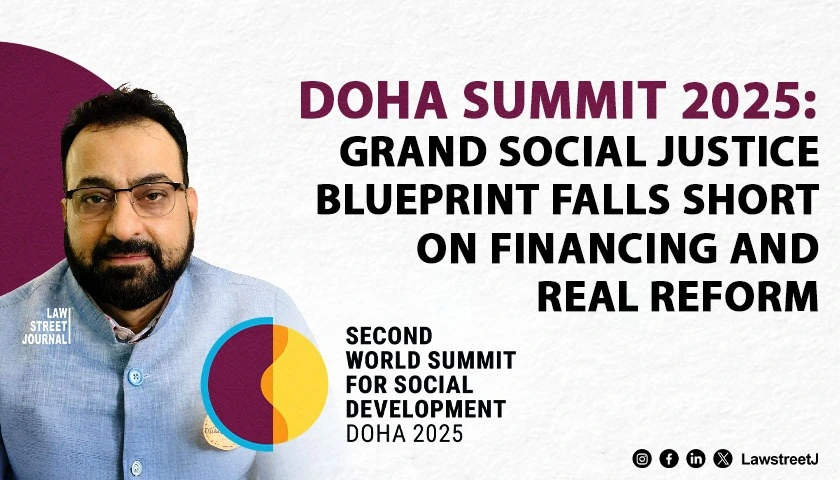New Delhi: The Delhi High Court, in a recent judgment, dismissed appeals filed by ABP Private Limited, thereby allowing the continuation of a defamation suit initiated by ITC Hotels Ltd. and its affiliated companies concerning an article published in 2004. The High Court affirmed that the plaint disclosed a cause of action and refused to stay the proceedings, despite an earlier identical suit pending in Calcutta.
The litigation originated from an article published on 10 April 2004 in The Telegraph titled “Smoke gets in his eyes.” A civil suit seeking damages for defamation was filed in the Calcutta High Court by Sh. Yogesh Chander Deveshwar (the then ITC Chairman) and ITC Ltd. Subsequently, ITC Hotels Ltd. and two other group companies—M/s International Travel House Ltd. and M/s Fortune Park Hotels Ltd.—filed a separate suit (the Delhi Suit) before the Delhi High Court seeking damages and an injunction.
ABP Pvt. Ltd. (the Appellant) challenged two interlocutory orders of the Single Judge: one dismissing its application under Order VII Rule 11 of the CPC to reject the plaint for lack of cause of action and non-joinder of necessary parties, and another refusing to stay the proceedings under Section 10 of the CPC due to the pendency of the Calcutta suit.
The Division Bench, comprising Hon’ble Mr. Justice Anil Kshetarpal and Hon’ble Mr. Justice Harish Vaidyanathan Shankar, upheld the Single Judge’s decision, holding that the plaint clearly disclosed a cause of action.
The Court noted that the respondents in the Delhi suit claimed that the article adversely affected their “business/trading/governing reputation” among the general public and their employees in Delhi. Citing the principle that rejection of a plaint under Order VII Rule 11 is severely limited, the Bench observed:
“From the reading of paragraph no. 28, it becomes evident that at this stage, it would not be appropriate to conclude that the plaint does not disclose a cause of action. Moreover, failure to disclose a cause of action in the plaint and non-existence of a cause of action available to the plaintiff(s) are two different aspects with fine distinction. Order VII Rule 11 CPC does not envisage rejection of the plaint on the question of locus standi of the Respondent/Plaintiffs, which is akin to the Respondent/Plaintiffs lacking a cause of action available to them to file the suit.”
The Court also relied on the Madras High Court judgment in Mr. Tim Boyd v. Mr. Kesiraju Krishna Phani to distinguish between “disclosing a cause of action” and the ultimate question of the plaintiff’s “locus standi.”
The Appellant’s second argument—seeking a stay of the Delhi suit under Section 10 CPC on the ground that the matter in issue was directly and substantially in issue in a previously instituted suit between the same parties—was also rejected.
The Court held that the parties and subject matter of the two suits were not identical. The Calcutta suit was filed by Sh. Yogesh Chander Deveshwar in his personal capacity along with ITC Ltd., whereas the Delhi suit included two additional plaintiff companies (Respondent Nos. 2 and 3) who were not parties to the Calcutta suit. Furthermore, the Delhi plaintiffs claimed an independent right to damages arising from the article’s circulation and publication across India, including Delhi. The judgment noted:
“Moreover, the Respondents/Plaintiffs in the present suit claim an independent right of damages, apart from the suit filed at Calcutta by YCD in his personal capacity along with ITC Ltd. Hence, the substantial issues involved in the Delhi suit, which was subsequently instituted, are not directly and substantially in issue in the Calcutta suit. Moreover, the Respondents/Plaintiffs in both suits are not the exact same.”
Consequently, the High Court found no reason to interfere with the orders of the Single Judge and dismissed both appeals.

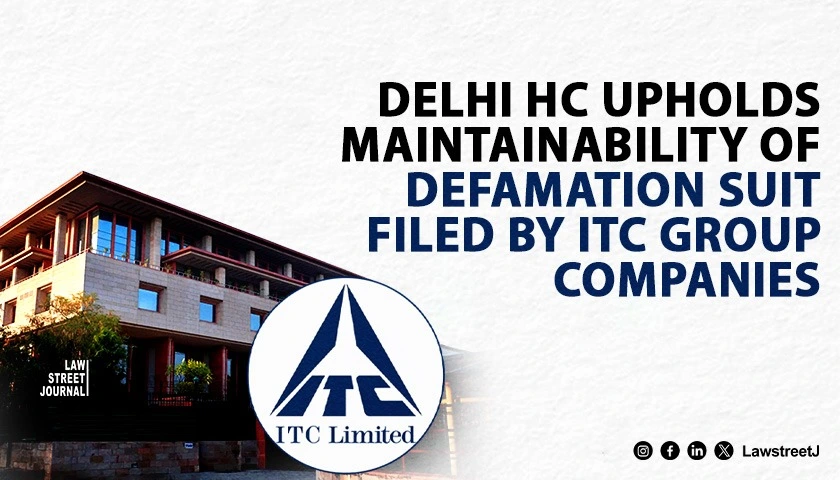

![Delhi High Court Sets Aside Arbitral Tribunal's Award Against NHAI in Highway Project Delay Case [Read Judgment]](/secure/uploads/2023/07/lj_9605_23374c2e-392c-4491-a2fe-f2f12fc5272f.jpg)
![Delhi Court Rejects Stay Request in Defamation Case Against Rajasthan CM Ashok Gehlot [Read Order]](/secure/uploads/2023/08/lj_5208_80de1ddc-d76a-4f7f-b180-408e3ae14fb4.jpg)
